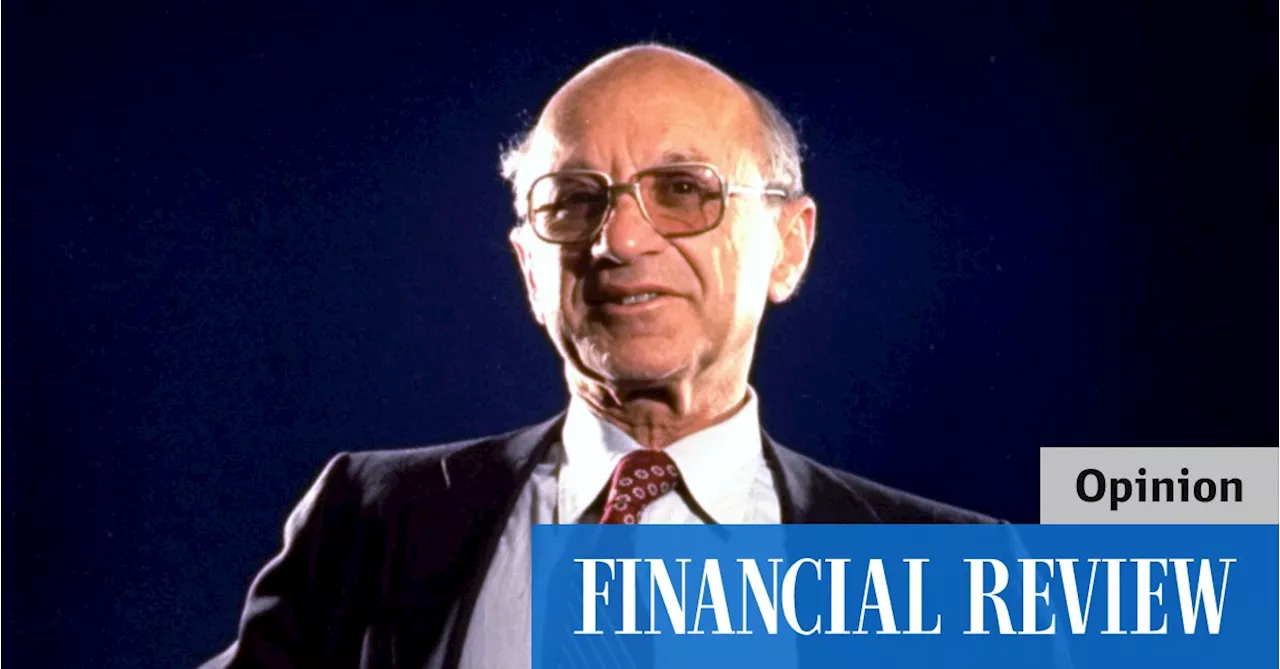Milton Friedman was a leading economic figure of the 20th century, but his monetary policy theory didn’t work in practice.
Already a subscriber?“Practical men, who believe themselves to be quite exempt from any intellectual influence are usually the slave of some defunct economist.”) with a quote from his arch-nemesis, John Maynard Keynes. But these two defunct economists were the dominant economic forces of the 20th century and remain so into the 21st.While President John F.
. The book stands as a landmark of empirical research, to which Burns appropriately gives considerable credit to Schwartz. Their work was even more remarkable given the paucity and dispersed nature of the monetary data that they compiled. As Burns writes: “Whereas Friedman presented monetarism as a natural science, Volcker experienced it as an art”.
The paper introduced the concepts of goal versus instrument independence – that is the government should set the goal for the central bank but the central bank should have complete freedom as to how best to achieve the goal. Friedman liked the distinction and complimented the paper, even though we were from the “saltwater” MIT and he was a “freshwater” economist from the Mid-West.The freshwater-versus-saltwater schism in economics that Burns details in the book is well documented elsewhere.
Charles Goodhart’s eponymous law demonstrated that when one aggregate became the focus of policy, the system merrily evolved to undermine its usefulness. While Taylor rules and their brethren are given a lot of lip service by central banks, at best they are a guide to policy rather than rigorously followed.
